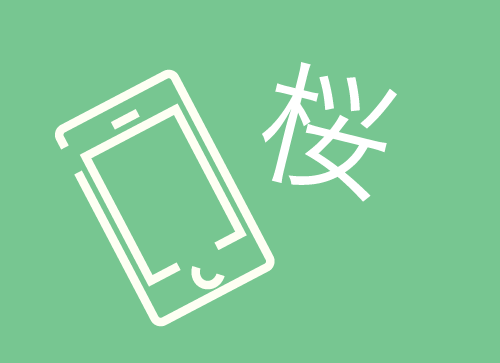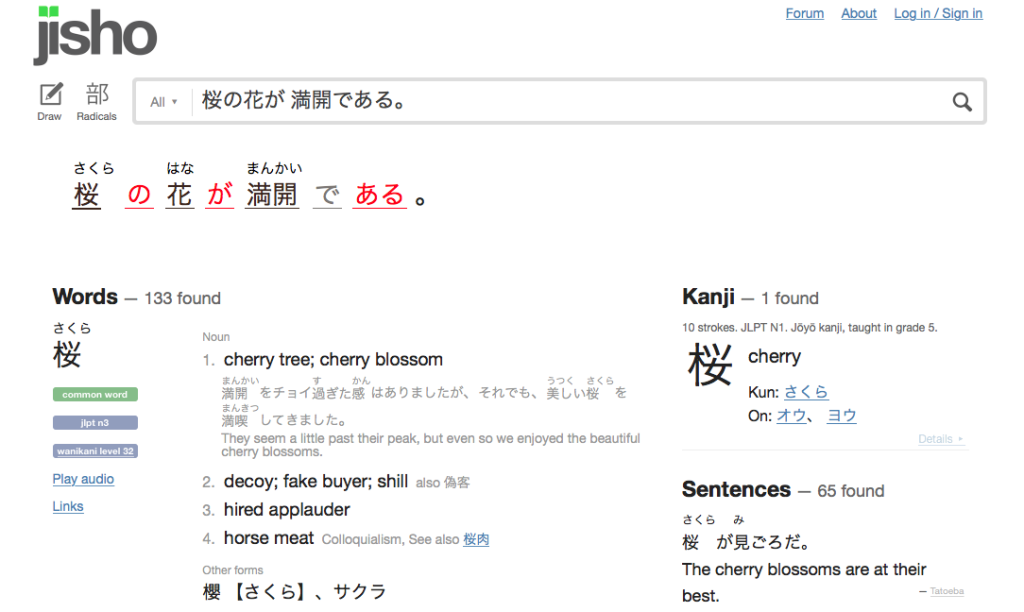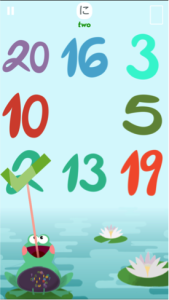
Get your Nihongo on
Learning Japanese can be tough. Thankfully, I’m around it all the time now, day and night, at the post office, in my car, at the store, at work… Actually, sometimes it’s nice to study by myself in peace where I’m not struggling 24/7 to effectively communicate in Japanese. For those singular moments, I turn to technology.
If you’re anything like me, you usually have devices, gadgets, apps, and tech an inch away from you at all times. You also like to augment your life with technology; you use tech for goals, productivity, information, learning, fun and more. But if you’re not so tech-savvy or tech-interested, it’s totally okay.
I’m going to introduce a few essentials for every Japanese learner, beginner to advanced, tech-challenged to tech-savvy. Get ready to throw out your textbooks!
Ok… Wait… Don’t throw them out. Maybe just put them back in the bookshelves to accumulate some dust for awhile.
Below is the list I have compiled from personal experience. Being a tech-lover, I have tried and tested just about everything I’ve heard of. Nevertheless, I’m sure I’ve missed a few due to the infinite amount of resources on the internet, so please feel free to contact me if you’d like to share your experience with other resources.
1.Tae Kim’s Guide to Learning Japanese
Tae Kim has provided learners with all mediums of resources ranging from a website, a Blog, a book (kindle version available), pdfs, an app (both iOs and Android), and a youtube channel. There are even social media communities that you can join for support. It doesn’t get more comprehensive than this.
pros
- everything (except the book) is free!
- perfect for beginners, but still relevant for intermediate learners
- a detailed, smooth introduction to the Japanese language
- comprehensive, varied, and easy to understand
- can be tailored to different types of learning styles
- grammar explanations are really nice
- the creator has a lot of experience with the language, so it feels authentic and personal
- all of the various resources feel cohesive
- website is completely responsive
cons
- resources can get very detailed (and wordy) at times, and sometimes it’s information overload
- the app is basically a replication of the website; it isn’t the most engaging or fun, but again, it’s comprehensive
- youtube videos are O.K.
tl;dr
Tae Kim’s Guide is varied, comprehensive, and a useful resource, but sometimes can be information overload. If you feel like reading a lot of useful information about Japanese, this resource is for you.
2. Wani Kani
Oh, Wanikani, you speak to my soul! Coming from the infamous Tofugu crew, it’s not a surprise that WaniKani is user-friendly, addictive, and has an engaging design that is quirky and hip. If you need help with kanji specifically, WaniKani is for you!
pros
- Addictive, effective, daily reinforcement of kanji
- pleasant design with fun/quirky illustrations
- radicals radicals radicals!!
- sensible organization and compartmentalization (radicals, vocabulary, and kanji) which enables you to learn effectively with SRS (spaced repetition system)
- fun, memorable mnemonics and sentences for kanji readings and meanings
- shows your progress/stats and gives you a feeling of accomplishment
- website is fully responsive
cons
- you must pay a monthly subscription after level 2
- As far as I know, WaniKani will not allow you to start at any level – so you must start from level 1; this could be vexing for more advanced learners
- not for the lazy or forgetful learner; you must use WaniKani almost every day in order to reap the rewards
- the app is disappointing; needs a serious IxD re-haul
tl;dr
WaniKani is an awesome resource for learning all about kanji – perfect for eager beginners. But if you need more than kanji, or you don’t feel like starting from level one, this resource might not be for you.
3. Jisho
Jisho (Japanese for dictionary) is an invaluable resource to have open anytime you are studying. Currently, it is only a website – no mobile or desktop application – but is better than any other English-Japanese dictionary I have used so far. If I am unable to use Jisho, the imiwa? mobile app is my next choice.
pros
- varied search methods: Japanese, English, Romaji, words, sentences, radicals, and even drawing – plus advanced search options with #hashtags
- best online dictionary interface I’ve seen, hands down
- helpful labels and organization (ex: JLPT level, WankiKani level, common/uncommon label, etc.)
- audio samples
- a lot of varied example sentences available
- best kanji detail breakdown I’ve seen – even has an animated stroke order display
- website is fully responsive
cons
- no app :’(
- doesn’t really translate full sentences – it breaks the sentence down into parts and gives you information for each part
tl;dr
Use Jisho as your main Japanese English dictionary for desktop/laptop. If you are looking for an app, I recommend Imiwa?
4. Mind Snack’s Japanese App
If you’re looking to study Japanese without feeling like it, this game-based learning app is for you. It’s fun, addictive, and effective!
pros
- you can set the levels to romaji, kana, or kanji
- 8 unique, entertaining games to play
- there are many “sets” of lessons (i.e. animals, numbers, getting sick, business and politics etc.)
- level profile and stats showing progress and skills (i.e. “mastered,” “hot streaks,” “active days” etc.)
- cute illustrative design and interactivity
cons
- only available for iOs and not available for desktop
- you must pay around $5 for the full version (worth it, I think)
- not comprehensive like a textbook – best for beginner and intermediate levels
- no pedagogy or grammar explanations
tl;dr
If you have a headache from reading boring textbooks and flipping flashcards, download this app for a fun change of pace. You’ll enjoy it.
5. Hello Talk
If you’re at an intermediate to advanced level and need real conversation practice (reading, writing and sometimes listening and speaking), you should probably download this app.
pros
- pleasant interface, easy navigation and simple design
- you can correct, translate, copy, and bookmark anything in a chat
- you can choose people to be “language partners” with
- a lot of privacy and filter settings
- audio messages are available
cons
- some users can get creepy – but the app has measures set in place to deter this activity (i.e. you are not allowed to view someone’s profile picture)
- you have to use the app constantly in order to benefit
tl;dr
Hello Talk is great for real conversation practice and putting those textbook grammar points and vocabulary into action! You just have to dodge the creepers and use it daily. Nbd.
There are many other apps and resources similar or different to the ones I mentioned, and any combination of a few is usually a good idea. No one app or tool covers everything. Personally, I use WaniKani and Jisho every day (almost) and the others occasionally when I need them. Remember, these are additional resources for a textbook or class that can enhance your language learning experience, but they are best for augmentation rather than substitution.





